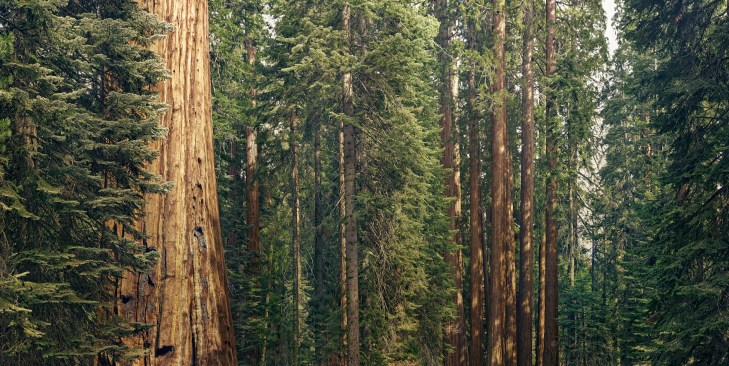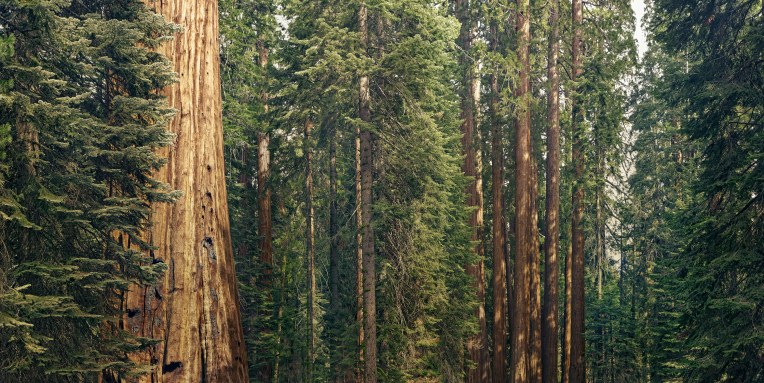
For Allison Wolff, the 2018 wildfire season in California marked a turning point. During that record-breaking year, she started asking a lot of questions.
“We were in the middle of the 2018 wildfire season, with the Carr Fire, and what I thought at the time was the worst season ever,” Wolff said. “I started asking lots and lots of people — climate scientists I’d worked with, land managers, utility leaders, insurance leaders — why is this happening so catastrophically? What does the future look like? And what can be done about it?”
Out of those discussions was born Vibrant Planet, a public-benefit startup that is developing Land Tender. It’s basically SaaS for forest management, something the company calls an “operating system for forest restoration.”
As wildfire season once again takes hold in the American West, Vibrant Planet told TechCrunch exclusively that it has raised a $17 million seed round led by Ecosystem Integrity Fund and The Jeremy and Hannelore Grantham Environmental Trust.
“I quickly realized this is a climate-related issue,” Wolff said. “Land management is a big part of the problem, of course, because even if the climate stayed stable, we’d still be losing a lot of forest. But climate change is definitely exacerbating it big time,” she said.
“We just need to do this — we need to restore forests faster, and they might make it through climate change, and they might help us survive climate change.”
Valia Ventures, Earthshot Ventures — backed by Laurene Powell Jobs and Tom Steyer — Cisco, and Halogen Ventures also participated in the round. The startup’s previous backers include Meta chief product officer Chris Cox, and Netflix’s former chief product officer, Neil Hunt, who later joined Vibrant Planet in the same role.
Vibrant Planet offers access to a range of data sets, with the centerpiece being a lidar map of the state of California. Lidar is incredibly helpful when it comes to mapping forests in 3D and determining their fire risk, but it’s not a panacea. Dense forests, which often represent the greatest fire risk, are hard to map from top to bottom, so the team has trained a machine-learning algorithm to fill in any gaps.
And since lidar is expensive to fly, the company uses another AI tool to keep it updated using cheaper satellite imagery. (All of this comes with the caveat that the data generated by the AI tools is speculative — you can’t “enhance” with 100% accuracy, no matter what police procedurals say.)

